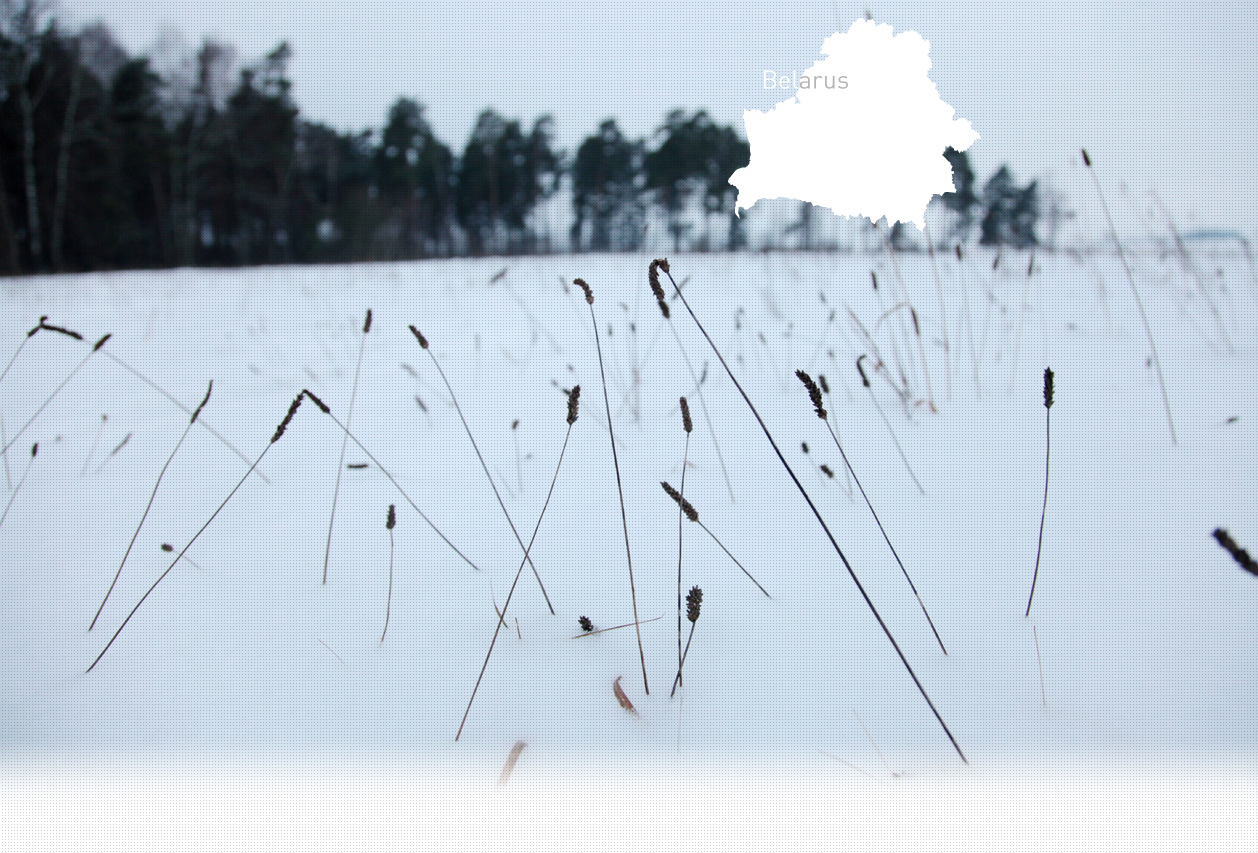

1 Killing site(s)
Nadezhda K., born in 1932: “YIU: Could you please tell us more about the day you saw Jews being transferred?
Witness: They were not being transferred, they were being shot. I witnessed the shooting of Jews. There were five of us in the truck, and one German guard. The pit was dug along the road. I think it was close to the general store, and the police office was there…but you know, the road has been moved since then. The driver stopped the truck. I don’t know if he was a German or not. Our guard was German for sure. So, we stopped there…It was horrible. They [Jews] were lined up along the pit. The shooting started, and they probably gave [us] an order to leave, we were in the open truck, you know…So we left, and they started to shoot with a machine-gun or sub-machine gun. We left, but we saw somebody falling... The truck did not come [to take us home] again, and we returned on foot. We couldn’t ever find the way unless the older ones were with us, this Egor and others, because we did not know which route to take, and it was at night. He said ‘Let’s go over here, take this route, there are partisans here,’ and he took us home. My mother was crying. It was at night.” (Witness n°1037, interviewed in Bogushevsk, on October 30, 2019)
“I know that under the German occupation, in October 1941 at 6 a.m., German soldiers collected all the men from the town of Bogushevsk and put them into a single line next to the office of the district executive committee. From this line the translator took three people and ordered them to be shot and they were. He said that the fate of the others would be determined when the commander of the city of Orsha arrived. Before the arrival of the commander, the line of men was surrounded by SS men and from all sides and had machine-guns and automatic weapons aimed at them.
At 10 a.m., the commander of the city of Orsha, who had arrived in the town of Bogushevsk, ordered that all the Jews be put into that line. Several minutes later, the commander gave an additional order to the German translator to have all the Jews and some Russians put aside. Their total number was 64. Machine-gun fire was directed at that selected group of Jews and several Russians as a result of which all of them were shot. The rest of the Russian men were released by the German soldiers, except for 20, who were kept behind to taken care of the dead bodies.” [From the testimony given by a local resident Anton Sh., born in 1905, to the Soviet State Extraordinary Commission (ChGK), on March 29, 1945; GARF 7021-84-7]
Bogushevsk is a small town located 42km (26 miles) north of Vitebsk. The first records regarding the Jews go back to the late 18th century. By 1811, 144 Jews lived here. The majority of them were merchants or artisans, such as tailors and shoemakers. During the early Soviet period, a Yiddish elementary school operated in the town. According to local residents, there was a Jewish cemetery and a prayer house. On the eve of the war, 569 Jews lived in the town, comprising 17% of the total population.
Bogushevsk was occupied by the Germans on July 10, 1941. By that time, many Jews had already managed to flee. Although some sources mentioned that a ghetto was created in the town, the field research conducted by Yahad could not confirm this information. The Jews continued to live in their homes until the first execution, which was conducted on September 5, 1941 after a partisan action conducted against the Germans on the eve of September 5. The Germans rounded-up 300 people on the main square. Under the order of a German commander, 87 Jews and 28 non-Jews were selected from the group and shot in the trench located near the district executive committee. On that day, 115 people were killed. After the war, the bodies were reburied in the Jewish cemetery. Today there is a monument at this site. The isolated shootings of the Jewish and non-Jewish population continued until the liberation of the town. According to the Soviet archives, in May 1942, a Jewish woman, Ms. Zaitseva, along with her two daughters, Dunia and Roza, was arrested at the house of a local lady from Ivanovo and were taken to be shot. According to the testimonies of the survivors, Yakov Krivosheyev was shot by the Germans on July 9, 1943. He was buried along with the victims shot on September 5, 1941.
A labor camp was established in the forest near Bogushevsk. About 12,000 inmates were detained there, the majority of whom had been transferred from the Vitebsk camp. The inmates were used for forced labor to construct defense fortifications, as well as as human shields in case of partisan attacks. 8,000 inmates were liberated by the Red Army while others were shot or died from hunger and disease.
Do you have additional information regarding a village that you would like to share with Yahad ?
Please contact us at contact@yahadinunum.org
or by calling Yahad – In Unum at +33 (0) 1 53 20 13 17